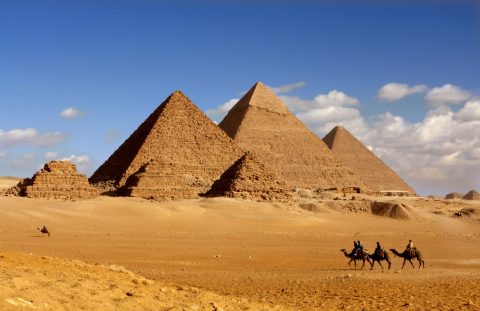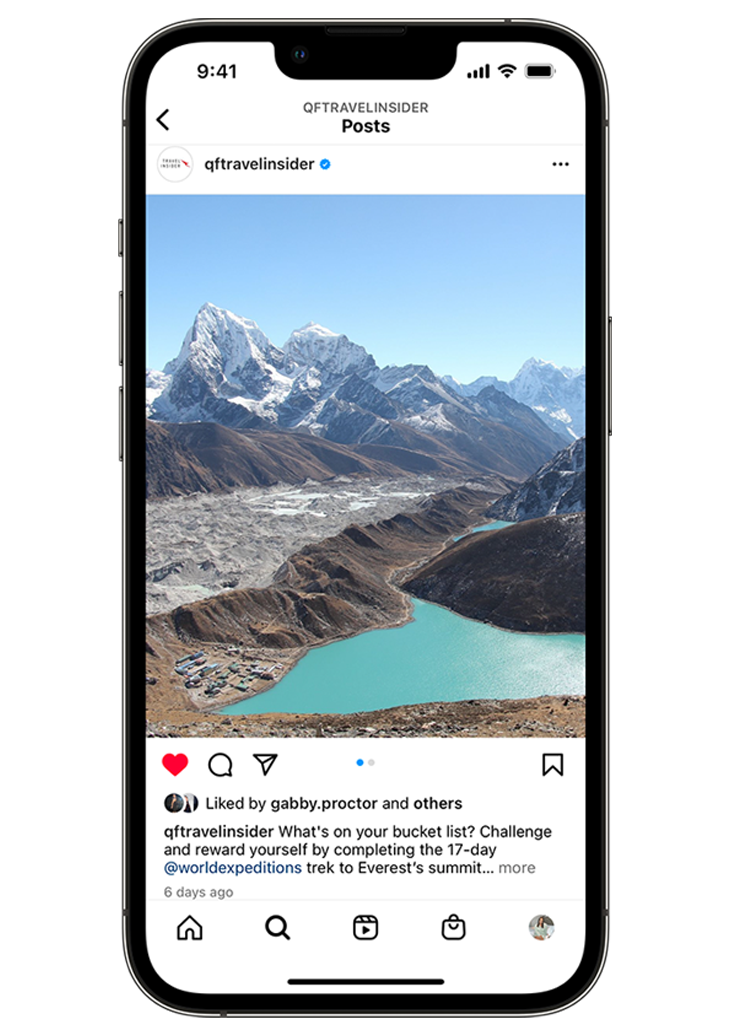Uncover the Ancient Mysteries of Egypt on This Bucket-list Cruise Down the Nile
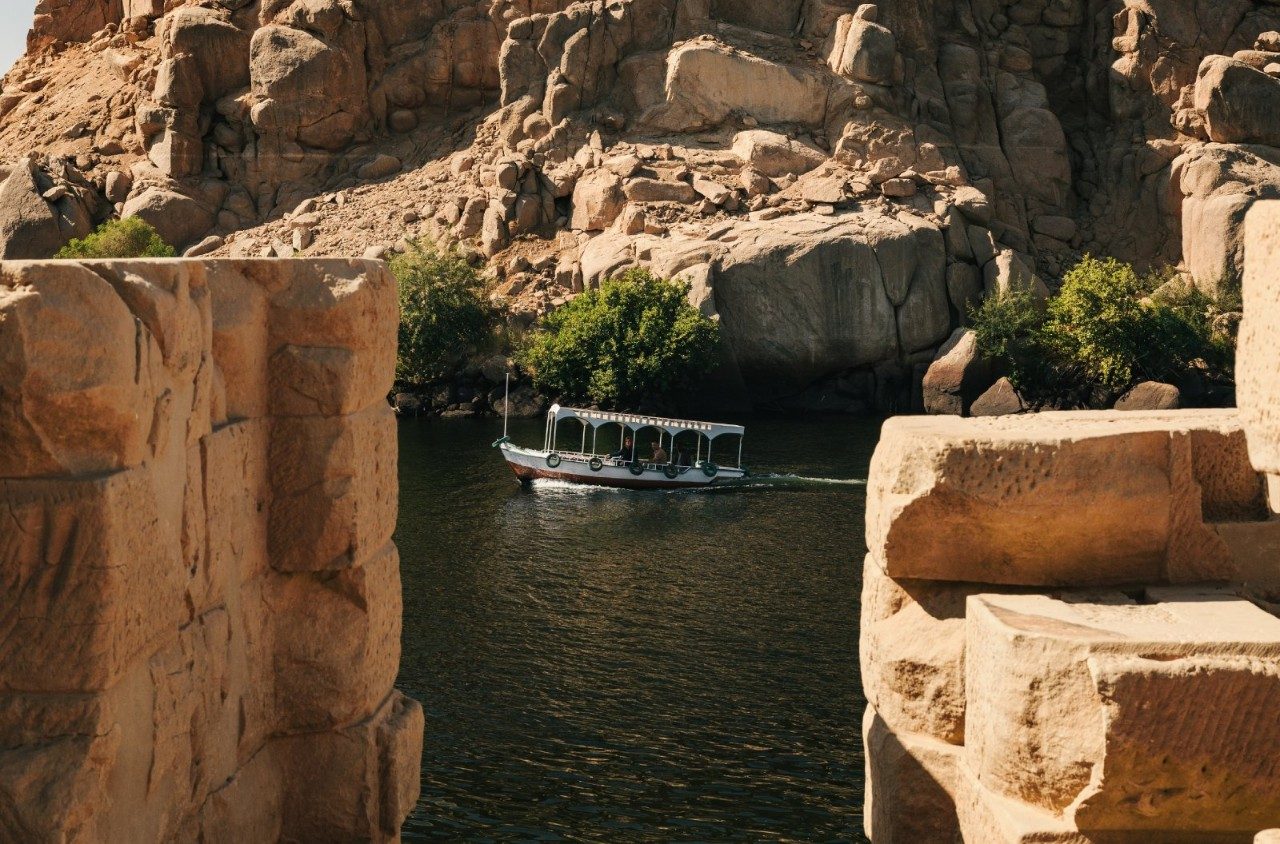
The banks of the Nile ebb and flow like the river itself. At times the shore is far away, a soft-focus silhouette spiked with date palms. At others it’s close enough to watch vignettes of delta life unfold from my balcony. Children leaping into the water, shrieking and waving as we pass. Farmers tending crops on floating meadows. Clouds of pure-white ibis exploding from wetlands. The unexpected intimacies of a Nile cruise.
At Luxor, woken by the lowing of cattle and braying of donkeys, I open my curtains to a sky filled with hot-air balloons. The huge, colourful orbs drift silently against the Theban Hills and the silver ribbon of the river at dawn. On the west bank the first sunrays strike El Qurn, the pyramid-shaped peak beneath which lie the tombs of some of Egypt’s most famous pharaohs – Tutankhamun the boy-king, Ramses the Great, Amenhotep the Magnificent. To date, 63 tombs have been unearthed in the sandstone rubble of this Valley of the Kings. I’m due to visit several of them later in the day. I have no idea what I’m in for.

This is very much the theme of my days on Viking Cruises’ Pharaohs & Pyramids voyage. Being here is the realisation of a long-held, if poorly researched dream; I arrive in Egypt wide-eyed with excitement but blissfully unprepared for the pageant of riches and wonder ahead. Fortunately, Fouad Berto and Salah Tawfeek, our program directors, take me and my fellow 33 cruisers promptly into their care. For the next 12 days these two licensed Egyptologists will be our cultural interpreters and tutors in antiquity. “Every day you think you will never see another site as impressive but every day has a site which is just magnificent,” promises Tawfeek. He is true to his word.
Our Cairo curtain opener is the Egyptian Museum, its galleries and corridors rammed with more godly treasures than any mortal could fathom. Some things that moved me: a tiny, 7.5-centimetre ivory statue of Khufu/Cheops, the man immortalised in the largest monument of the ancient world; a painted limestone head of Queen Hatshepsut, Egypt’s most powerful female monarch; the inconceivable bounty of Tutankhamun’s tomb, which includes a 110-kilogram solid-gold coffin and an alabaster box stuffed with his internal organs. Berto explains that King Tut’s remains were discovered in 1922, the same year Egypt gained independence, which is why, three millennia after his death, he’s the poster boy for national identity.
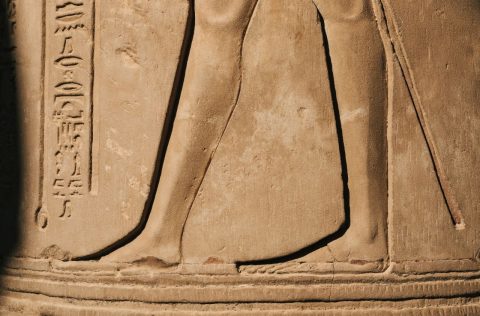
Smart Mercedes buses transport us to the iconic pyramids of the Giza Plateau, which date as far back as the 26th century BCE. In the 21st century CE they are almost swamped by skyscraper apartments and a ground-level circus of travellers and touts. Still, the sight of these enormous limestone tombs, guarded by the inscrutable Sphinx is, as promised, magnificent.
After three days in Cairo, we board a dawn charter to Luxor, flying 600 kilometres south over the Sahara Desert. Below me the flood map of the Nile looks like the veins of a dried leaf. Except these are lifelines in the sand. At Luxor (“the palaces” in Arabic) we’re whisked straight to Karnak Temple, a vast religious complex dedicated to the supreme deity, Amun-Ra. Its oldest sections, dating back to 2055 BCE, have lost none of their power to inspire reverence. I feel like Gulliver walking in a land of giants.
At every turn on this 100-hectare site there are monumental sculptures, colossal pillars and pylons, temples and obelisks, as well as a 2.7-kilometre-long avenue lined with more than 1000 sphinxes. Berto sets the scene with tales of grand processions and arcane rituals and by deciphering narrative carvings written in the stone.
From Amun-Ra to Viking Ra, our 26-suite floating hotel on the Nile. Staff, smiling heroically in the bludgeon-like heat of an Egyptian summer, greet us at the Luxor gangway with juices and chilled towels before showing us to our river rooms. All have separate living and sleeping spaces; my 27-square-metre suite has a furnished verandah off the former and a French balcony by the bed. It’s comfortable and stylish and has everything I need.
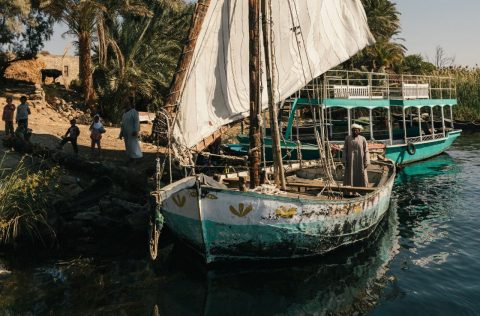
The staterooms, reception and restaurant occupy the first three decks on Viking Ra. The fourth level houses a lounge bar with balconies and a parasoled pool deck. Guests, mostly American and 50-plus, gather here for sundowners, occasional evening performances – including one by a whirling dervish – and Arabic lessons. The sundeck above gets few takers in the African heat but the pool is a blessing.
So, too, is executive chef Leonidas Kritharas, who spoils me with fresh mango and figs for breakfast, pasta lunches prepared à la minute and multicourse dinners featuring tender braised beef shank (“You will not need a knife,” I am told), crisp Greek salads spiked with oregano from his own garden in Kalamata and a family-style Levantine feast of dips and salads, soup and Nile perch for our festive Egyptian Night, when guests dress in galabiyas bought specially for the occasion.
We live on the river for a week, gorging on its phenomenal history, visiting numerous splendid temples dedicated to crocodile gods; to the falcon-headed Horus; and the cow-eared Hathor, goddess of joy, love, music, dance, beauty and motherhood. Like many of Egypt’s remarkable relics, Hathor’s temple at Dendera was preserved intact and untouched for centuries under layers of Nile silt. Almost every exquisite inch of bas-relief and painted scenery is still visible across its columns and chambers, although the mystic zodiac on the ceiling is a replica since the original was stolen by the French. Viking is one of the few cruise operators that comes to Dendera so we have this fabulous temple to ourselves. It’s virtually a private tour.
Cruising south from Qena almost 300 kilometres to Aswan, the river narrows and stills, tamed by dams but also by sandstone hills, soaring dunes and granite islands scattered like coins. Each day brings more intimate encounters. At Aswan we take a local riverboat south to a Nubian village. I perch on the boat’s roof scouting for temples and palaces but get distracted by the rich birdlife, curious dragonflies and the rippled wake our boat leaves on the water’s mirrored surface.
The village is an unexpected riot of colour. We’re welcomed into a local home for hibiscus tea, bread with molasses and frank chats with family members about their lives. The father shows me a tank of crocodiles he keeps in the courtyard. He hands me a juvenile to hold and snaps some pics with my phone.

Towards the end of the odyssey I’m on the Aswan High Dam swooning at the sight of Philae Temple, its pillars and palms shimmering like a mirage on an island of rock. Dedicated to Isis, goddess of healing and magic, this was the last functioning temple of ancient Egypt. The very last hieroglyph was etched into these walls in the 4th century. The last word in the story of our first great human civilisation.
On the boat heading back to the marina, my head swims with all the temples and treasures, the myths and realities, the names and dates and divinities I’ve encountered since arriving in Egypt. I feel slightly faint in the heat so lean over the side and drag my hand through the water. That first contact, cool and delicious, restores my senses enough to understand the Nile is all that matters. In Egypt, it is the reason for, and the answer to, everything.
